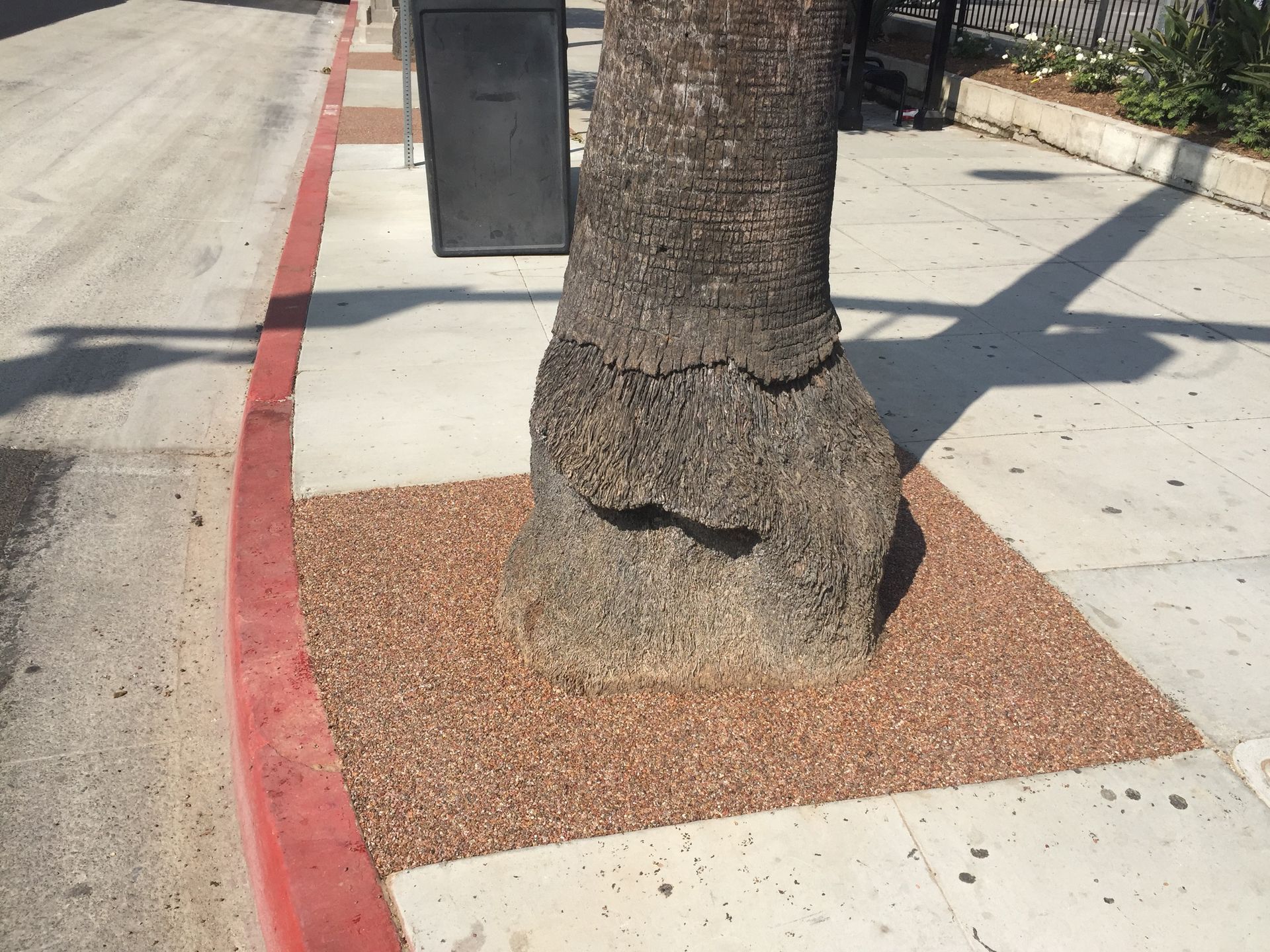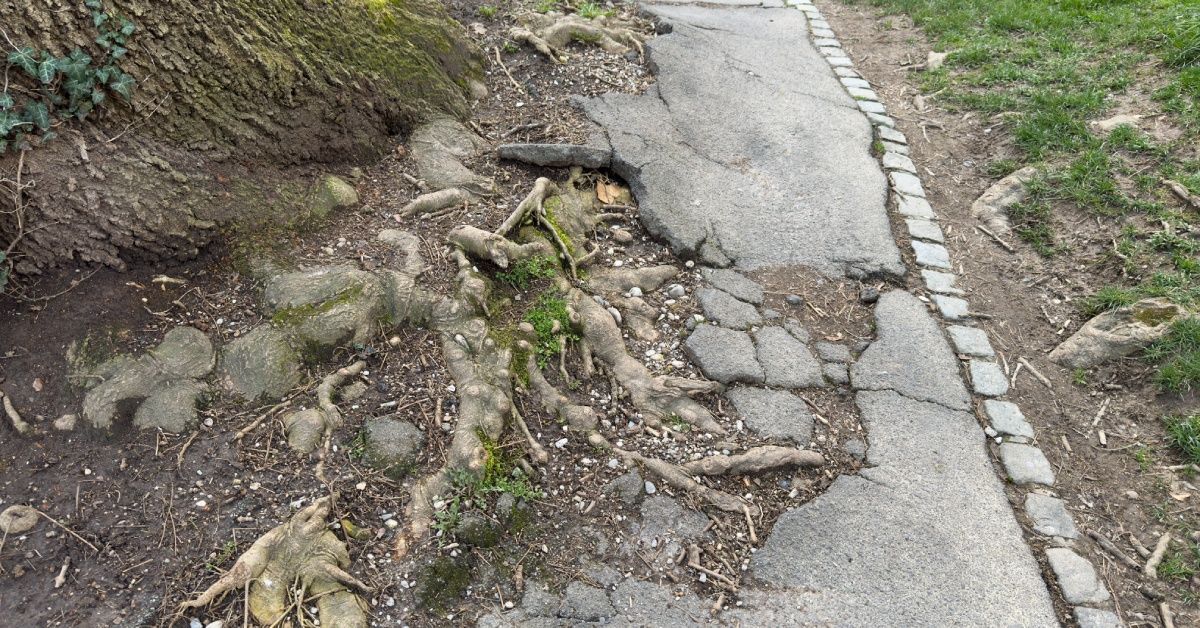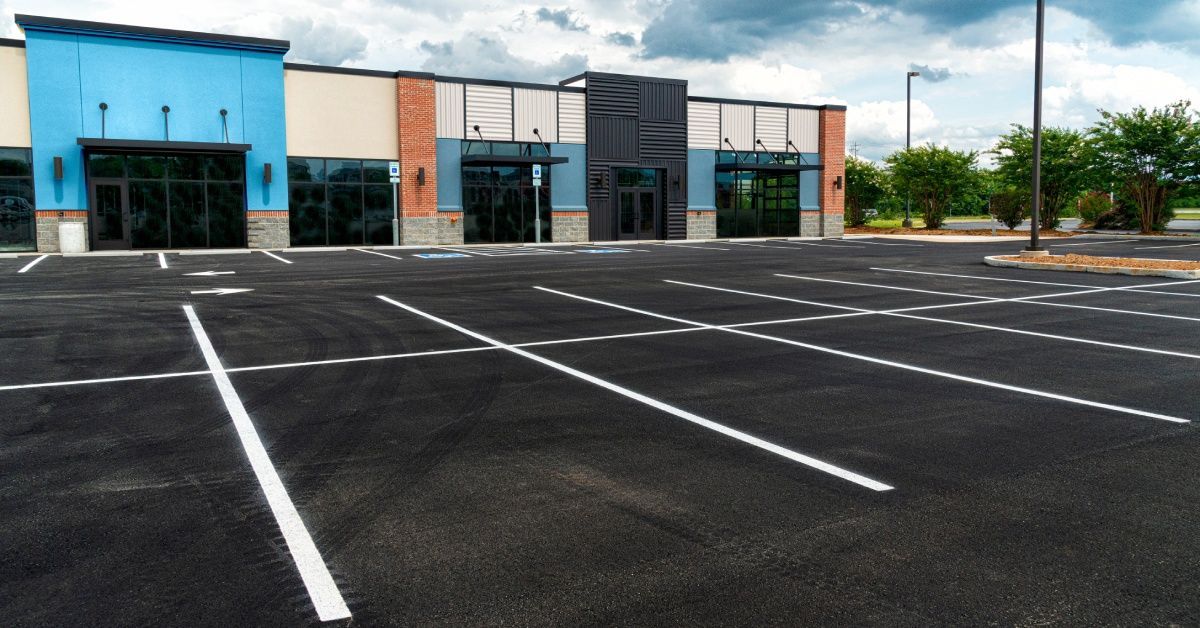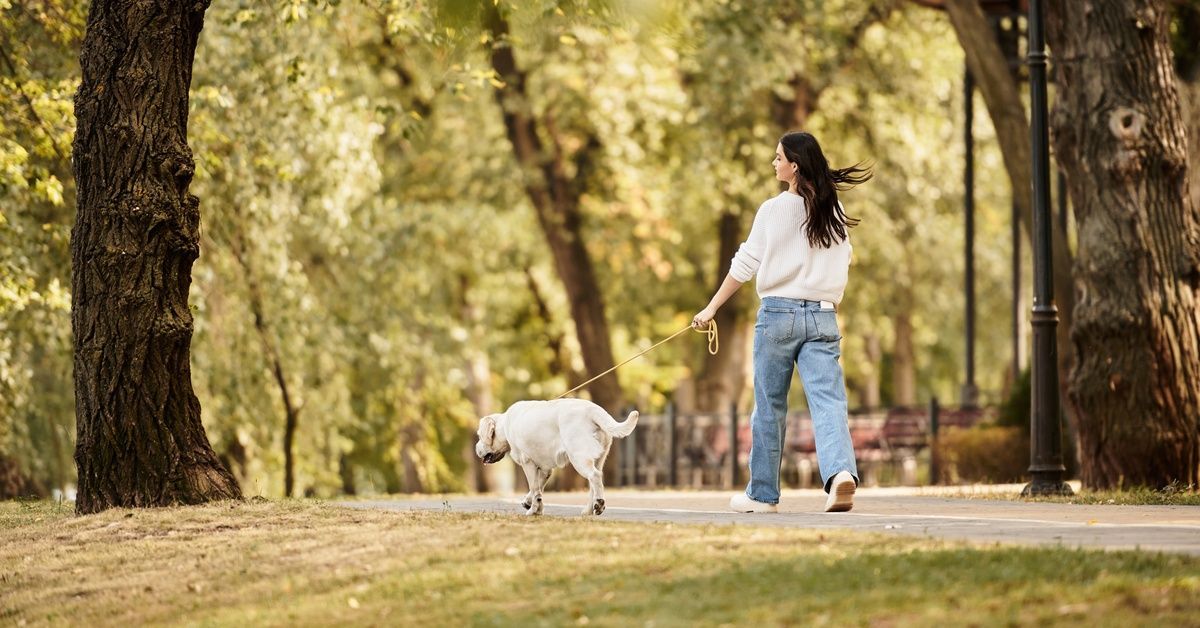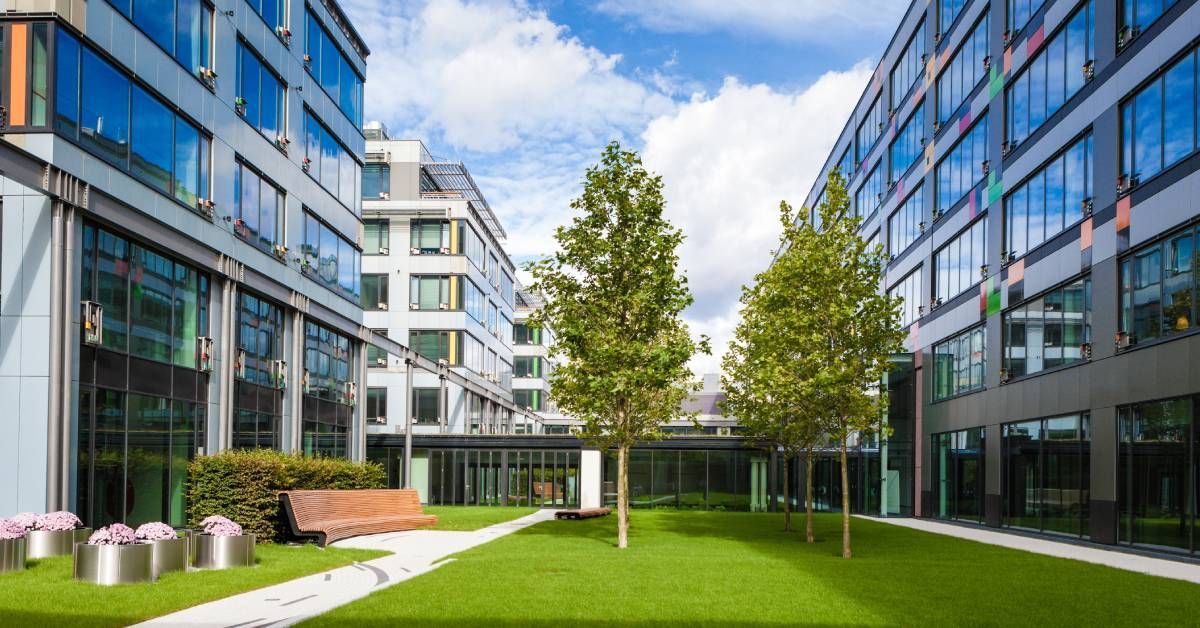Urban Forests: Exploring the Benefits and Challenges
Urban landscapes have a reputation for their impressive buildings and architecture, but their greenery is just as important to their overall infrastructure. Urban forests consist of trees, parks, and rooftop gardens incorporated seamlessly into the cityscape. These additions bring a touch of color to an otherwise gray city, purify the air, and support the environment within an area. Here, we’ll explore more benefits of urban forests as well as some challenges associated with managing them.
Benefits of Urban Forests
Urban forests provide environmental, social, and economic benefits to cities and their residents. Firstly, they help to reduce air and water pollution by capturing pollutants and filtering the air. Trees also absorb excess heat and provide shade, which can reduce energy consumption and decrease the urban heat island effect.
Secondly, urban forests contribute to the well-being of communities by providing open areas for recreational activities like jogging, walking, and cycling. Access to green spaces and parks also provides a natural setting for relaxation and stress reduction, which can improve mental health. Urban forests also have positive economic impacts, including increasing property values, attracting tourists, and reducing heating and cooling costs by providing shade.
Challenges of Maintaining Urban Forests
Maintaining an urban forest requires careful management, investment, and planning, which can be difficult for those who are unprepared for this level of involvement. Urban forestry often faces a lack of funding and resources, making it difficult to provide proper management, maintenance, and protection of these green spaces.
Urban forests also have several things that can affect their health and longevity, including climate change, disease, invasive species, and pests. Climate change is posing a significant threat to urban forests, causing mass decay of plant life and making areas more susceptible to wildfires. Furthermore, invasive species and pests, such as the emerald ash borer, can devastate urban forests, causing significant economic impacts and reducing tree canopy coverage.
Strategies for Improving Urban Forests
Now that you know of the benefits and challenges that come with urban forests, it’s time to know how to best maintain these amenities. Cities and communities can take several actions to improve their urban forests’ health and longevity while reducing the potential challenges. First, proper planning and protection with permeable tree pits are necessary to guard existing trees and promote new tree growth. Strategic planning can also minimize tree loss due to events such as construction or regular weather events.
Additionally, communities can take steps to combat invasive species by implementing early detection and treatment programs. You can request the necessary funding and resources through partnerships with government agencies, non-profit organizations, and the private sector.
Urban forests are an essential asset to cities. That’s why we at Rockpave seek to provide communities like yours with all the resources necessary to protect your green spaces. Our permeable pavement allows water and air to permeate the soil while protecting your trees from damage. This makes them a wonderful alternative to metal tree grates while keeping your walkways just as attractive. By investing in urban forests, we can improve our quality of life and create a more sustainable future for our cities and communities.
